
Welcome to the Python 3 tutorial for Chromebook users! This tutorial, which serves as supplementary online instruction and resource center to the “Programming in Python” summer course, will give you all the information you need to get Python up and running on your Chromebook. This tutorial will guide you from writing and running your first programs, to more advanced coding, including writing your own games. In the process you will learn how to create, run and save your programs using the Thonny editor, and how to create graphics and animation using Python Tkinter.
Python 3 Tutorials For Chromebook Users
These tutorials will guide you from writing and running your first programs, to more advanced coding, including writing your own games.
Tutorials Overview
Welcome to our Python Lesson Overview! Explore a wide range of engaging and interactive Python lessons designed specifically for students. Whether you’re a beginner or an aspiring coder, our comprehensive curriculum covers everything from basic syntax to advanced programming concepts.
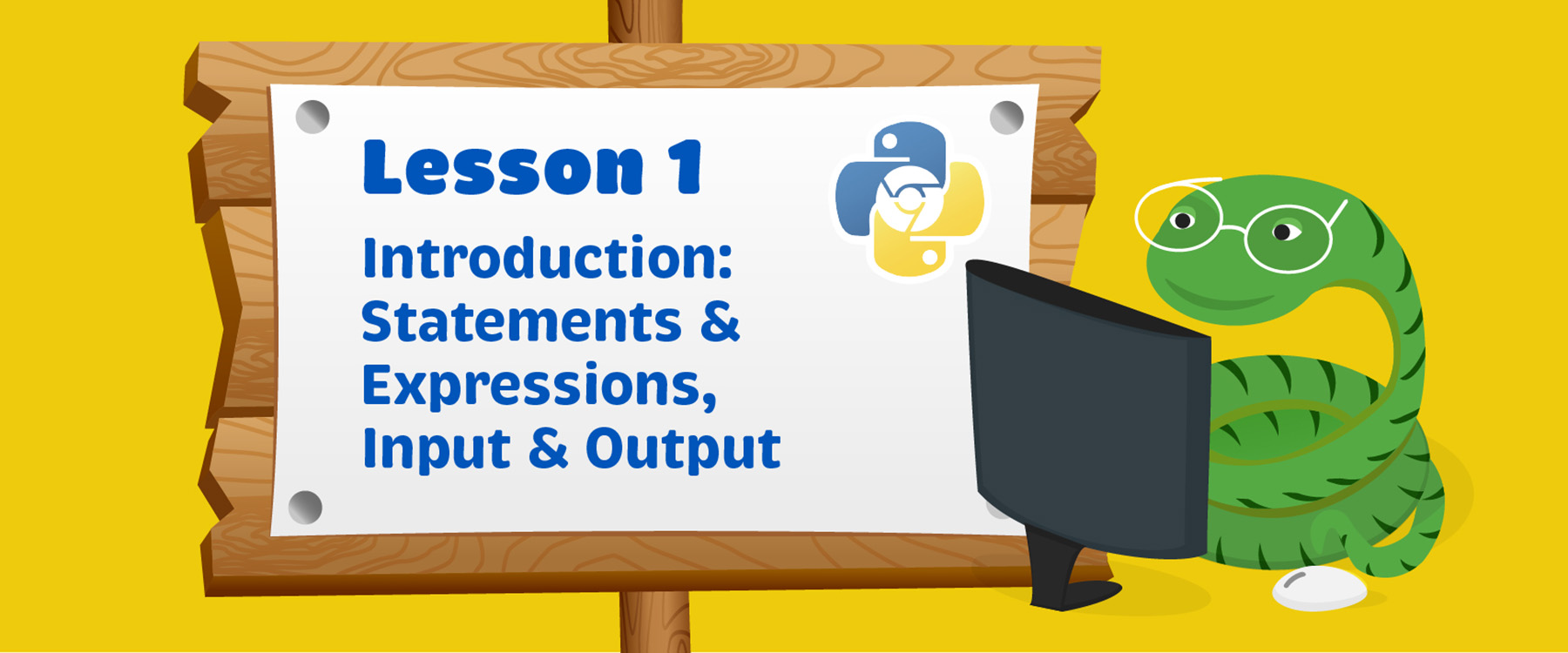
Lesson 1 Topics
- print()
- Data Types
- Input
- Operators
- Variables
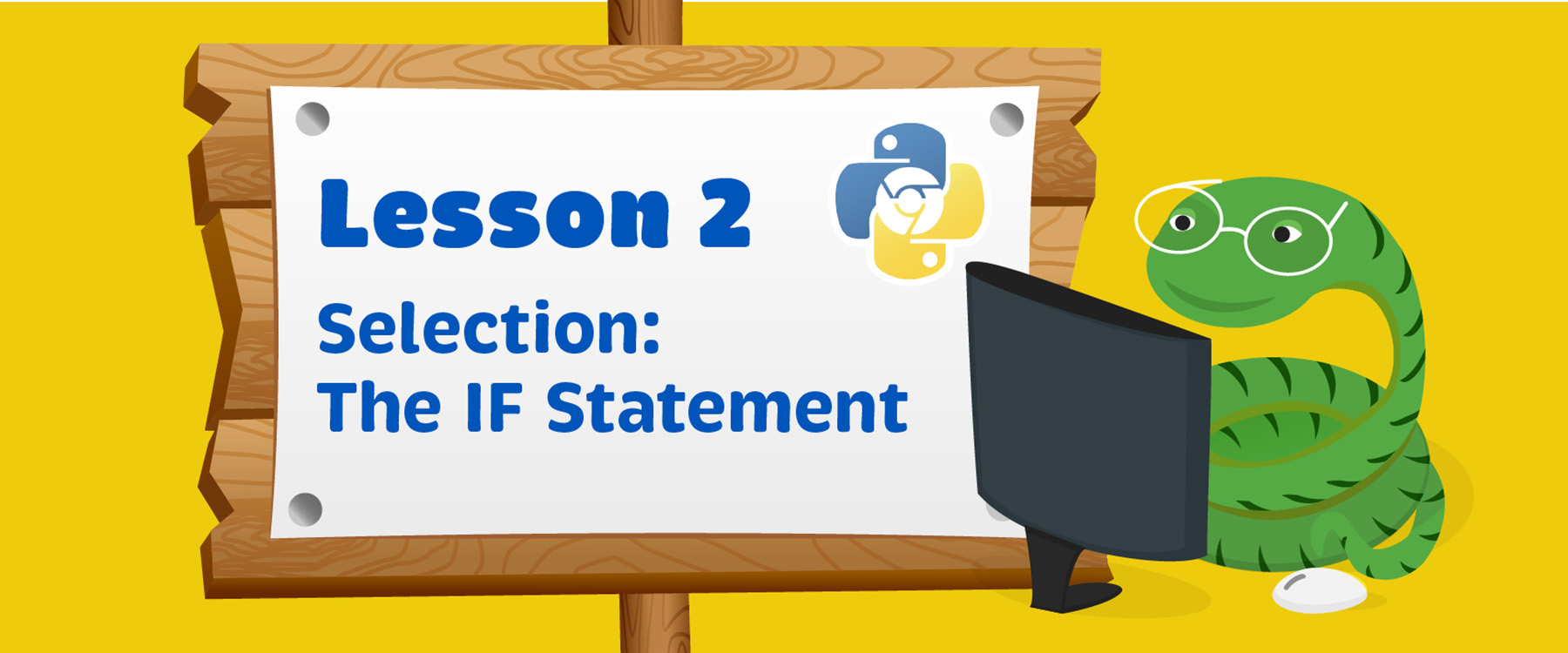
Lesson 2 Topics
- If
- If Elif
- Nested If
- If Else
- Compound If

Lesson 3 Topics
- For Loop
- While Loop
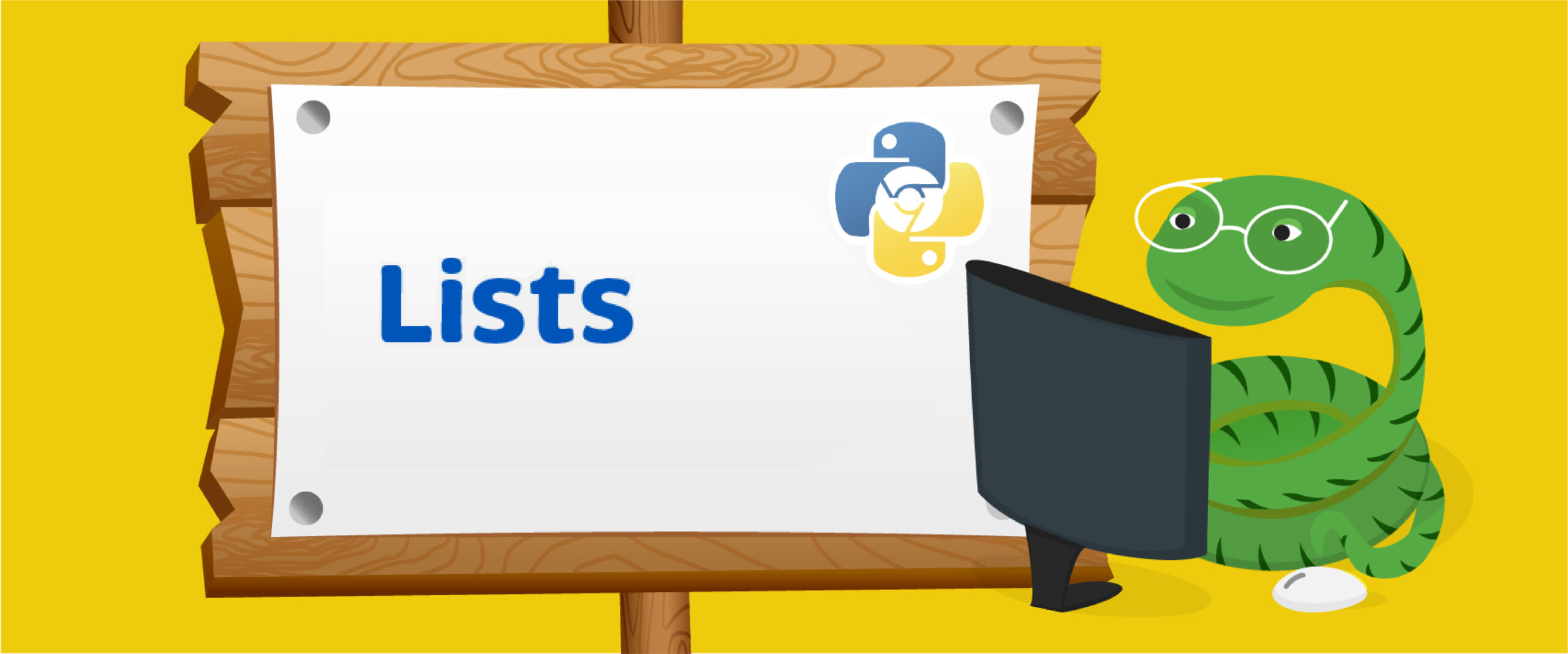
Lesson 4 Topics
- Add to List
- Search List
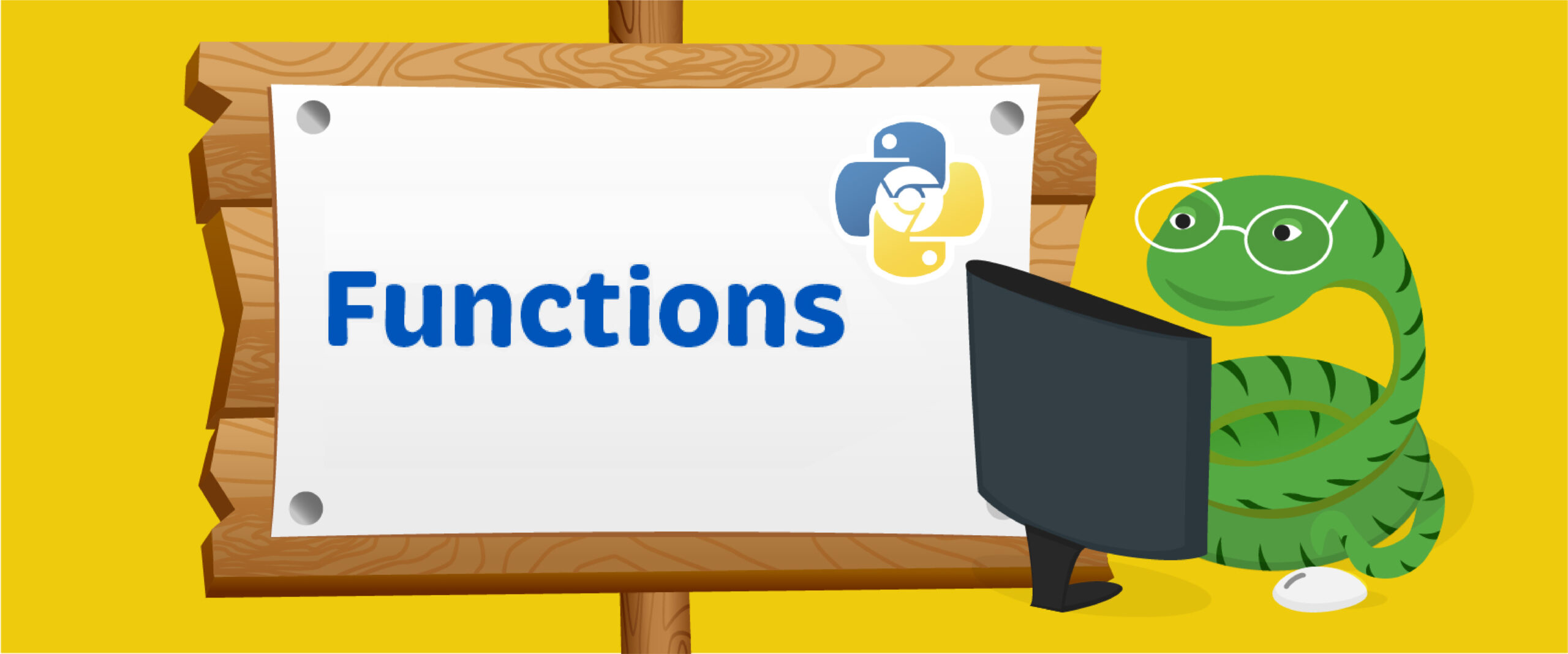
Lesson 5 Topics
- For Functions
- Variables and Scope
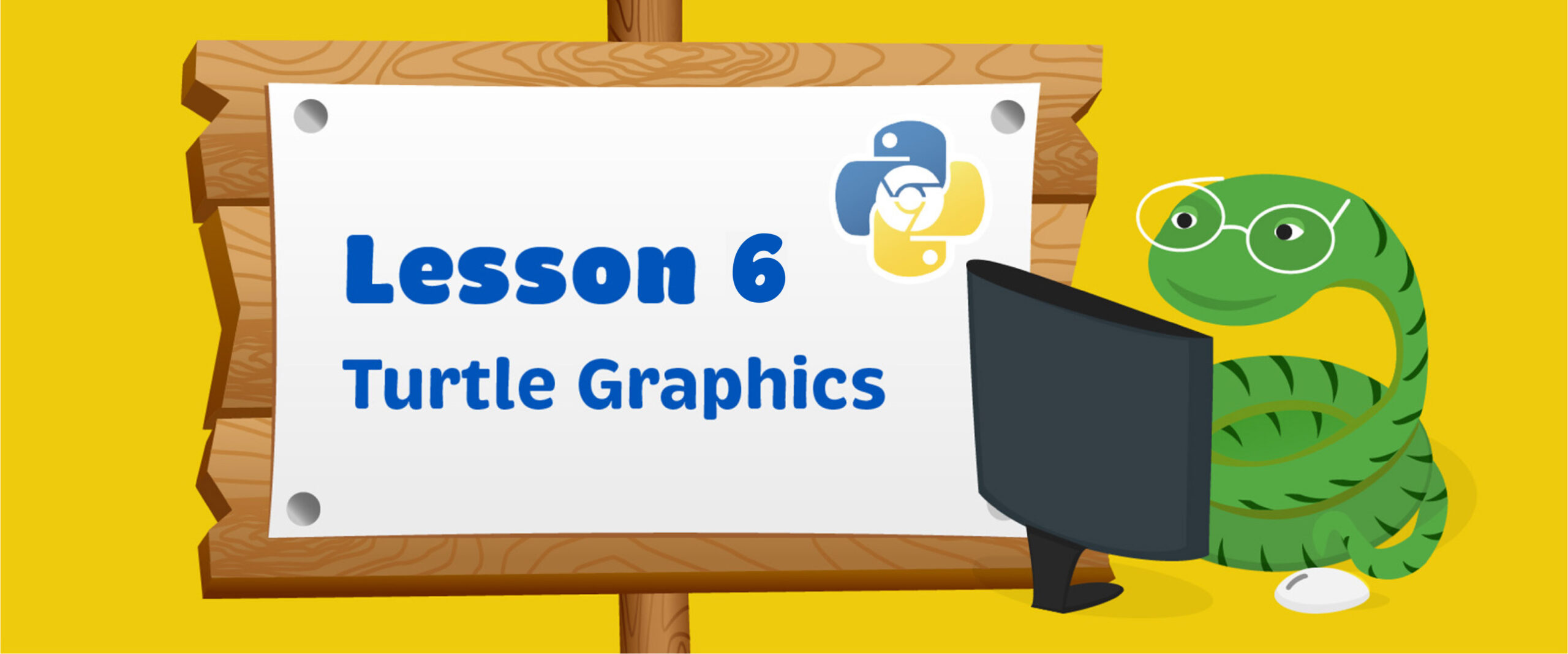
Lesson 6 Topics
- Colors and Size
- Creating a Pen
- Drawing a Star
- Moving Turtle
- Drawing a Square
Skill Development
Lay the groundwork for comprehensive understanding and proficiency in the language. We aim to help you master fundamental concepts, principles, and practices that serve as the cornerstone for further exploration and growth in Python programming. Our key components include
Understanding Core Concepts
Learn the fundamental concepts of Python, including syntax, variables, data types, and basic operations. Gain clarity on how Python code is structured and executed, establishing a solid understanding of the language’s building blocks.
Learn Best Practices
Familiarize yourself with Python coding conventions, style guidelines, and best practices. Learn to write clean, readable, and maintainable code that adheres to established standards, promoting collaboration and enhancing code quality.
Practice Hands on Learning
Engage in hands-on learning experiences, including coding exercises, projects, and challenges. Apply theoretical knowledge to practical scenarios, and refine your skills through iterative practice and experimentation.
Develop Problem Problem Skills
Cultivate the ability to approach problems analytically and devise effective solutions using Python. Practice breaking down complex problems into smaller, manageable tasks, efficient for problem-solving.